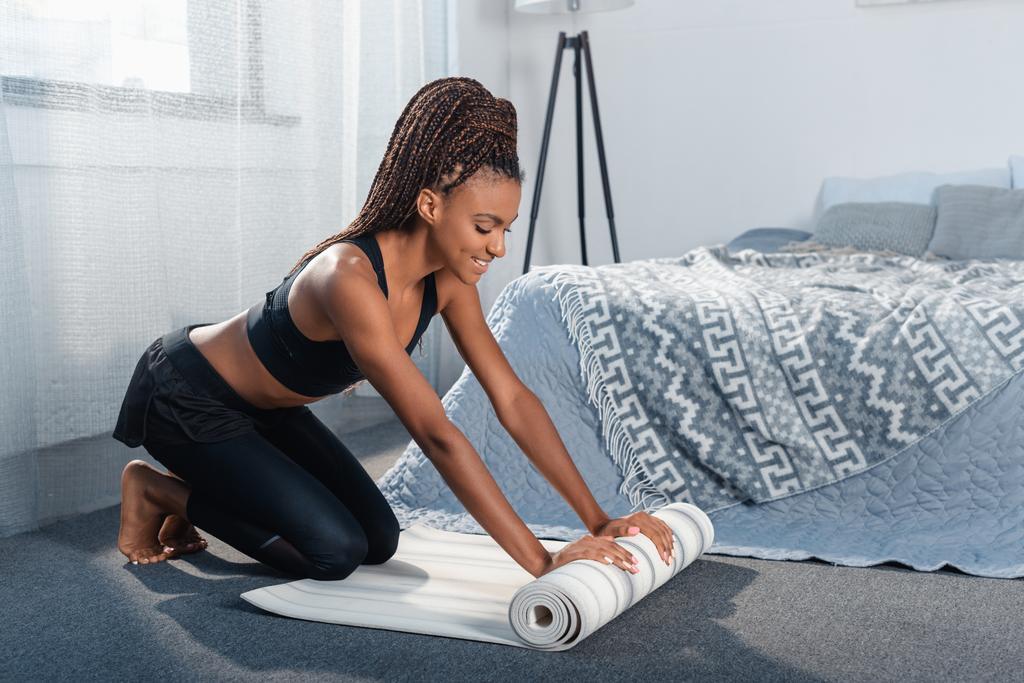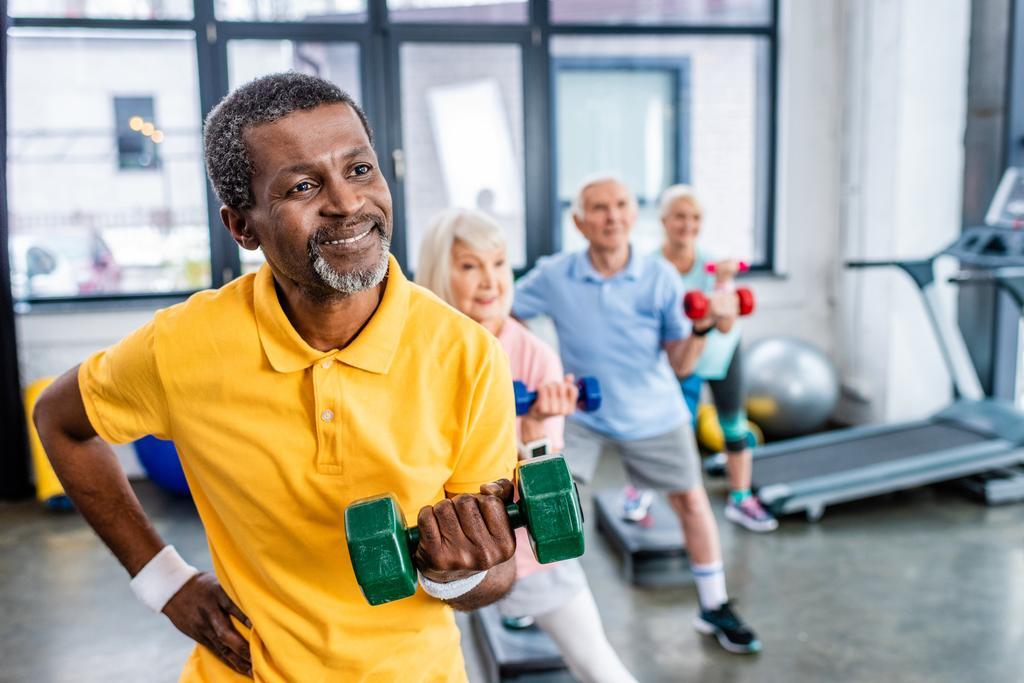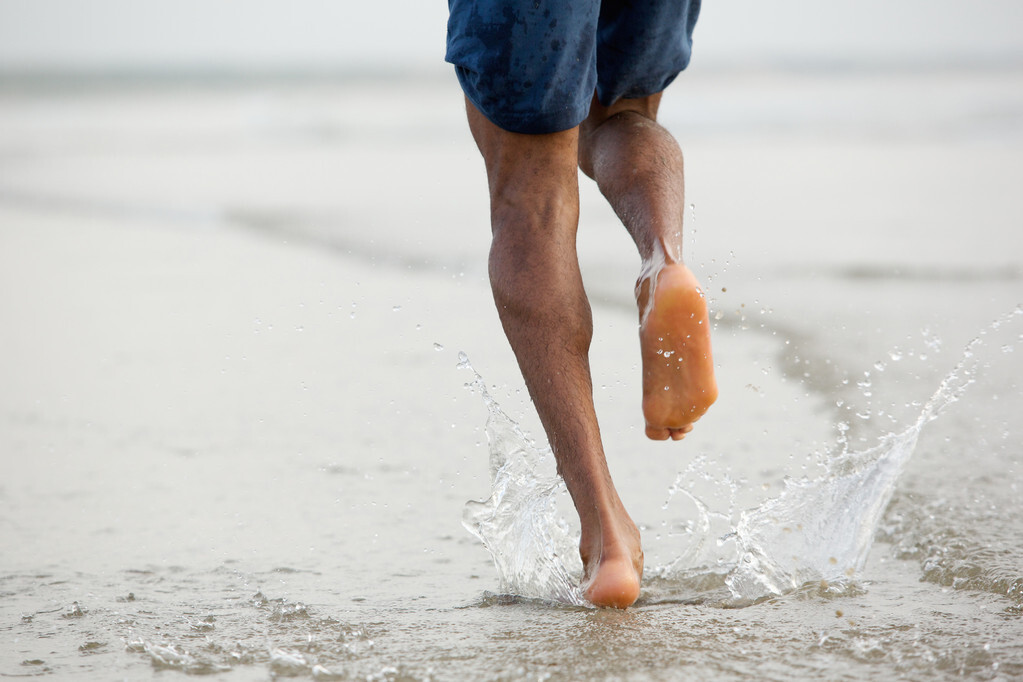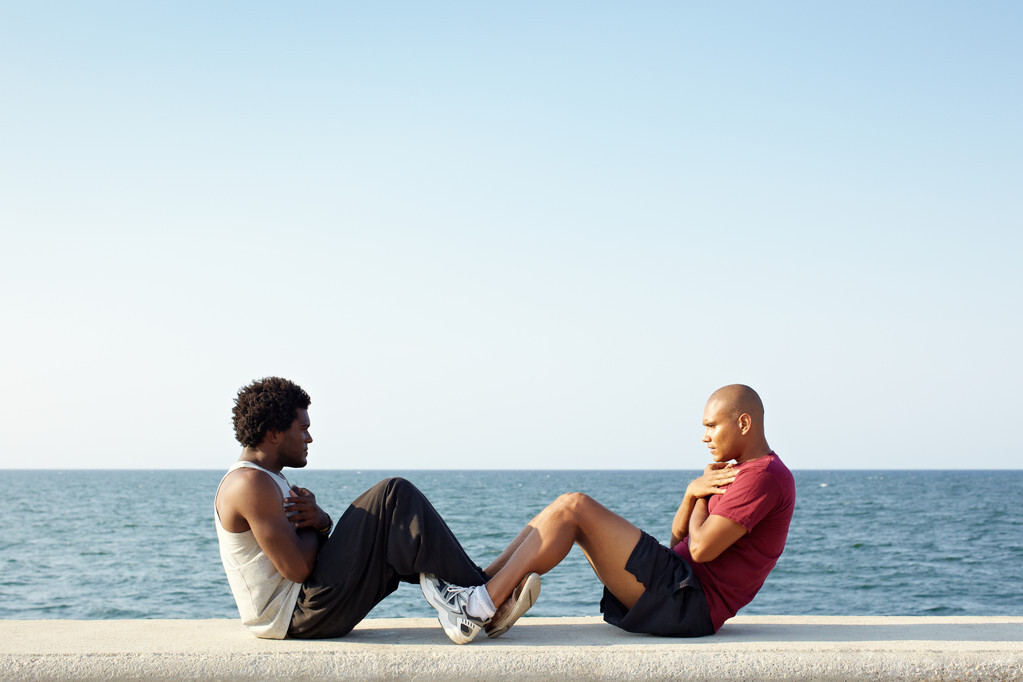
Exercises
Physical exercise is one of the most important habits for maintaining good health, improving physical fitness, and enhancing overall quality of life. Whether you’re aiming to lose weight, build muscle, improve mental health, or simply stay active, the right exercises can transform your body and mind.
This article explains what exercise is, the different types of physical exercise, their benefits, and how to build an effective fitness routine. It also serves as a central hub that links to detailed articles about specific exercises.
What Is Physical Exercise?
Physical exercise refers to any movement of the body that requires energy expenditure. When your muscles contract, your body burns calories, strengthens tissues, and improves overall functioning.
Exercises can range from structured activities, like running, yoga, and weightlifting, to simple everyday movements such as walking, gardening, or dancing.
Types of Physical Exercise
All exercises can be classified into several broad categories. Each plays a unique role in building fitness, preventing disease, and improving performance.
| Exercise type | Definition | Examples |
|---|---|---|
| Aerobic (Cardio) Exercises | These exercises increase heart rate and breathing for a sustained period | running, cycling, swimming, brisk walking, dancing, aerobics |
| Anaerobic Exercises | Short, high-intensity activities that rely on stored energy. | sprinting, HIIT, heavy lifting |
| Strength / Resistance Training | Exercises that build muscle and improve body composition | weightlifting, bodyweight training, resistance band workouts |
| Flexibility / Mobility Exercises | Activities that stretch muscles and improve joint range of motion | yoga, Pilates, and stretching routines |
| Balance & Neuromuscular Exercises | Exercises that improve stability, coordination, and functional movement | standing on one leg, tai chi, balance board training |
| Sports-Specific Training | Activities designed to improve skills and performance in sports | basketball drills, tennis conditioning, football agility training |
Examples of physical exercises
Running – This is the most popular and well-known sport. Running is an excellent exercise because it allows for a good cardiovascular workout, which will improve your endurance. It also gives you a good chance of burning fat and calories, which can help you stay in shape.
Cycling – Cycling is another great sport to participate in, especially if you have access to a bike, which is much less expensive than purchasing a treadmill or elliptical. A bicycle offers a low-impact workout, which means it’s good for the joints and weight-bearing bones. Cycling is an excellent way to improve your cardiovascular health and burn calories, as well as muscle strength and endurance.
Jogging – Jogging offers several benefits, including improved coordination and physical fitness. The added benefit of jogging is that you will burn calories (burning up to 300-400 per mile) and that jogging will get your heart pumping!
Swimming – Swimming is great for those who like water activities because it requires less equipment than other sports, such as running or biking. It also provides you with the opportunity of working on your endurance, coordination, flexibility (which helps prevent injury), and lower-body muscle tone.

Yoga – Yoga is an exercise program that not only improves flexibility but also allows for an overall relaxing experience during which time you can meditate and concentrate on breathing. It is also an excellent aerobic exercise, which has been shown to help burn fat and provide benefits such as weight loss, stress relief, better sleeping patterns, and greater muscle strength.
Other examples include dancing, gardening or yard work, and walking to the mailbox. Although not a type of exercise per se because it does not require an external load like weight training or running on a treadmill (a common way of measuring intensity), dance class can improve your flexibility and cardiovascular fitness when done with proper instruction. Dance classes also provide a social outlet for those who enjoy being active in groups with their friends and coworkers (see the list above for more information about how dance classes can help you stay fit).
| Exercise | Impact Level | Suitable For | Benefits |
|---|---|---|---|
| Running | High | Intermediate–advanced | Burns fat, improves endurance, strengthens heart |
| Walking | Low | Beginners, seniors | Great for weight control, low impact, boosts energy |
| Cycling | Low–Moderate | All fitness levels | Strengthens legs, boosts cardio health |
| Swimming | Low | All ages, injury recovery | Full-body workout, improves flexibility |
| Yoga | Low–Moderate | All fitness levels | Stress relief, flexibility, balance |
| Dancing | Moderate | Anyone who enjoys movement | Burns calories, improves coordination |
| Jogging | Moderate | Beginners & intermediates | Improves stamina & heart health |
What is an effective exercise program?
When starting an exercise program, it is best to start with low-impact exercises like walking or biking. These types of activities don’t put a lot of stress on the joints and are great for both cardiovascular fitness and weight control.
In addition, these activities can be done almost anywhere – at work, at home, or even while watching TV. Once you have reached some level of fitness, consider adding strength training into your routine. The goal is to gradually add weights (increasing the load over time) so that eventually you reach the point where you are lifting weights that challenge your muscles. Once you have become fit and strong, consider participating in sports such as tennis, basketball, or swimming (swimming is most important for men).
These sports require high-intensity training that will help improve muscle tone and coordination while increasing endurance levels as well as bone and muscle density. Although participating in these sports requires more commitment than a walk, bike, or light jog, these sports are also a great way to stay in shape, work on your coordination and gain a competitive edge over other people who don’t participate in the exercise.

Importance of exercises
When your body produces excess amounts of insulin from having too much fat stored in the body, this causes glucose levels in your blood to rise. When this happens, cravings for sweets and starches can occur, which may lead to overeating.
By exercising, your body releases hormones that allow your body to burn calories and get rid of stored fat more effectively. You can increase your energy levels by reducing the amount of time it takes for food to digest and reach your bloodstream.
The importance of exercises like walking, biking, or light jogging is that these types of activities don’t put a lot of stress on the joints and are great for both cardiovascular fitness and weight control. In addition, these activities can be done almost anywhere – at work, at home, or even while watching TV. Once you have reached some level of fitness, consider adding strength training to your routine.
When you are overweight, your body produces excess amounts of insulin. Insulin is the hormone that allows your body to take in glucose from the blood and store it as fat. When you have too much fat stored in your body, insulin levels remain high. When this happens, glucose stays in the blood longer and causes cravings for sweets and starches, which may lead to overeating. It also makes it harder for your body to burn calories as effectively. Exercise causes a decrease in insulin levels because it improves the ability of your body to burn calories.

By increasing physical activity, you can help control weight by burning more calories than you consume each day through physical activity (the energy burned during physical activity is about 60-70% more than what you eat). In addition, moderate exercise helps increase muscle tone and bone density, which is important for overall health. Finally, regular exercise improves cardiovascular fitness (increases your ability to exercise longer and faster).
So, how much do you need to exercise? Well, if you want to lose weight, it is recommended that you participate in some form of physical activity that can burn over 250 calories per week.
How many times per week should I be exercising?
Well, the amount of times you exercise depends on your goals. If your goal is simply losing weight, then five or more days a week will help. However, if you are trying to reach specific fitness goals (such as running a marathon), then once a week may not be enough. You need to work at it for 30 minutes or more on at least 5-7 days per week for the best results!
How often should I be exercising?
The frequency of exercise that you choose is completely up to you. It’s best not to feel like you are going too far or too fast; rather than set specific goals regarding weekly or monthly goals. Also, keep in mind that if your job is sedentary (such as sitting at a desk all day), it’s best to start by doing some physical activity (even if it is just walking around your office) on a daily basis. Finally, the more you do exercise, the better you will feel. The reason that this is important? Well, when we exercis,e we release endorphins into our bloodstream; these are natural pain killers that help us feel good about ourselves.

Tips for Getting Started with Physical Exercises
You might be thinking that it’s difficult to get started with physical activity because there are so many other things in your life to take care of and you don’t know where to begin. Here are some tips for getting started:
1. Start small. Even though you may want to make major changes in your life now, starting small can help ease you into making these changes. In other words, go slow with any new workout program or diet plan. When possible, go for 30 minutes a day and work your way up to 30 minutes each day. At first, you may want to increase the intensity (or energy level) of the exercise as well as the duration. For example, you may start with walking briskly for 10 minutes or jogging for 5-10 minutes. It’s always a good idea to get your doctor’s or physical therapist’s permission before beginning any new exercise program; some exercises can be dangerous and not advisable if certain health issues exist.
2. Find a program that works for you. There are many programs available on TV and at fitness centers that are designed to help you increase your activity levels and/or lose weight in a short period of time. It may also be helpful to join a weight loss support group where members share ideas about how they are able to successfully change their lifestyle and achieve their goals (we have found these groups extremely helpful).
3. If needed, hire help. Not all people have the time or inclination to exercise daily. If you have little ones or are simply getting too busy to exercise, then consider hiring someone to keep your exercise program up and running. This could be someone who lives with you (such as a friend or relative) or even an exercise class at the gym.
4. Consider a home gym. You may want to purchase a home gym; this would allow you to exercise in your own home without having to leave your house. A lot of people who are looking for ways to increase their physical activity do not have the space for a large area dedicated solely to working out; therefore, many turn to the convenience of using their own living room as an exercise room. You can buy everything that you need right in your living room; including a treadmill, stair stepper, elliptical machine, stationary bike, and weight bench. The cost of these items can be quite reasonable (under $1000) and the equipment is worth it if you use it often and maintain it well.
5. Plan to make it fun. A large part of what keeps us from exercising is that we just don’t find it fun. You don’t have to make it a competition with others, but you can get creative and make the exercise enjoyable. For example, plan to exercise after your dinner with family or friends; take a walk on the beach after dinner, or even do an exercise routine in your own living room.
6. Make time for relaxation. Many people find it difficult to take time for themselves because they are always so busy taking care of everyone else’s needs. However, even if you don’t have extra money for your own leisure time activities (like going out with friends), you should still make sure that you allocate some time for yourself each day. This can include any kind of physical activity, such as walking, running, swimming, or biking – even going on a hike when possible.
7. Be consistent and follow through. Once you start something new it is easy to get off track. Therefore, once you have decided to make some changes to your lifestyle – be sure to follow through on them. This includes sticking with your exercise program and not falling off the wagon too quickly.
Many people who have made lifestyle changes and set up a healthy routine fall into bad habits (such as overeating, smoking, or drinking too much). Once you decide that you want to change your lifestyle and become more physically active, be sure not to let yourself get lazy. It is important to continually push yourself so that you don’t slip back into old habits. If it has been a while since you have worked out, then make sure that you do not just pick up where you left off, but instead slowly build back up over time.
8. Try new activities. While we all enjoy the familiar activities of running, walking, or cycling, there are many other ways in which we can stay active. Some common alternatives include skiing, rock climbing, hiking, running, dancing, and swimming. There are even more activities out there, but be sure to keep an open mind to new ways in which you can stay active and enjoy life.
Final Thoughts
Exercise is the foundation of long-lasting health and well-being. With so many types to choose from, there is something for everyone, whether you enjoy slow-paced movement like yoga or high-energy workouts like running or HIIT.
